Spleenwort /Asplenium Trichomanes L./ is a perennial plant that grows in the cracks of rocks in the highland zone. The plant is harvested in the months of June to August. It is found in almost the entire Europe.
We use the surface part of the plant, in rare cases, the roots too. In folk medicine, it is used as a remedy for cowardly people, which can easily be associated with the name. Many people are seeking refuge from their fears ie in the healing properties of this herb. Spleenwort is often known under the name heather.
Types of Spleenwort
There are a few types of Spleenwort, including:
Ordinary Spleenwort /Asplenium Trichomanes/ is a perennial plant, which has beautiful and delicate ferns, whose favorite habitat is rock cracks and uneven cliffs, deep ravines and wet river valleys or along roads. It can be seen in old walls and masonries. Ordinary Spleenwort is found at up to 1700 meters altitude. Its leaves are longer than 5 to 20 cm They are pinnate with 18 to 45 ovoid parts in each side. Each petal has a small short stalk and serrated above the base edge. Leaves are leathery, with sage or greenish yellow color. Its handles and wasps are brown to black, highly shiny, very tough.
Northern Spleenwort /Asplenium septentrionale/ is also a perennial plant of the same family. It is short and is covered with brown linear scales. The leaves are longer than 8 to 16 cm. It’s most often found in the crevices of rocks located in alpine zone.
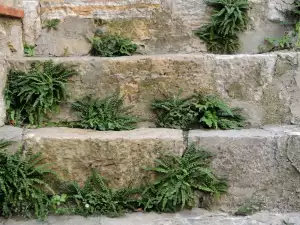
Composition of Spleenwort
Northern Spleenwort contains special alkaloids like betonicin, resinous substances, saponins, and turitsin stahidrin. It has tannins, organic acids, mineral salts and some essential oils. Heather contains simple sugars, mucilage, tannins, essential oil. At the surface part of the herb are found the following amino acids: gamma-oxo-alpha-amino pimelin acid and the lactone acetilornitin.
Collection and storage of Spleenwort
Spleenwort can be picked in the period from June to August. Collect all above ground parts of flowering herb, or only the roots are dug in autumn after seed maturation or in early spring, with early plant development. Immediately after digging, the roots should be washed and dried thoroughly.
After you finish picking, inspect and clean the herb of adventitious impurities. Spleenwort is dried in a ventilated and dry place or in the oven at a temperature no higher than 50 degrees. Store dried herbs in dry and well-ventilated rooms, blades should not be exposed to direct sunlight.
Spleenwort can be purchased directly in dried form from most pharmacies and specialized stores.
Benefits of Spleenwort
Spleenwort is widely used in folk medicine. A decoction of its leaves is used as a sedative for strong fright, fear and neuroses. Spleenwort helps with insomnia caused by anxiety. In this case it is taken until sleeping is restored. It is also used for hair loss and helps in febrile diseases, chronic catarrh, coughs, asthma, flu, hoarseness, pleurisy. Stems of the herb are applied as a means to nurture. Spleenwort is a very good diuretic.
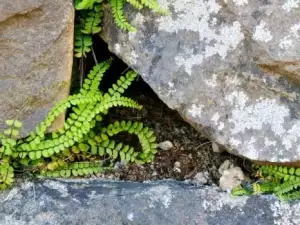
Medical applications of Spleenwort
To make an infusion of Spleenwort, you need about 10-15 g finely chopped stalks of herbs, which are soaked with 500 g of boiling water. Once cool, strain the infusion and drink 4 tablespoons a day.
The following recipe includes a blend of herbs that combat neurosis. Mix 50 g Spleenwort in 10 g Lady's Mantle, 20 g valerian and the same amount of mint. 3 tablespoons of the herbal mixture is boiled in half a liter of water until the potion does not remain half the original quantity. The decoction is drunk cold, 1 cup- 30 minutes before eating.
It is believed that a decoction of Spleenwort for external use helps one of the worst enemies of women - cellulite. 10 tablespoons strashniche flooded with 2 liters of boiling water and put them to brew about 15 minutes. The mixture is filtered and with it every day, wash the affected cellulite areas.
You may also make a heath bath. For this purpose, brew 300 g of herbs with 2 liters of boiling water and soak for 20 minutes. Strain the mixture and pour into the prepared bath. Affected areas are massaged gently.
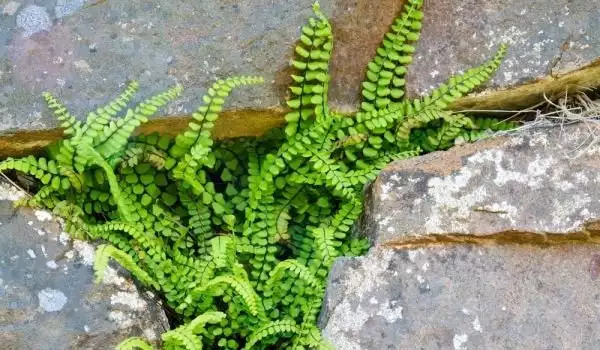
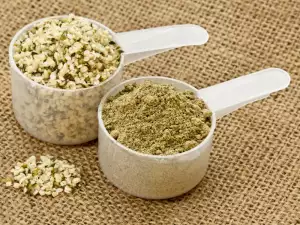
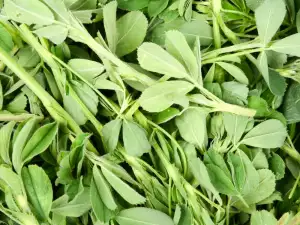
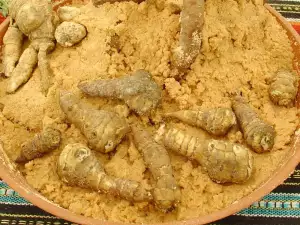
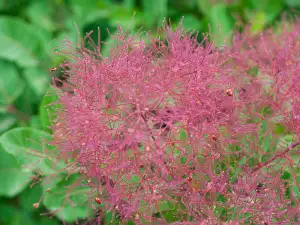


Comments